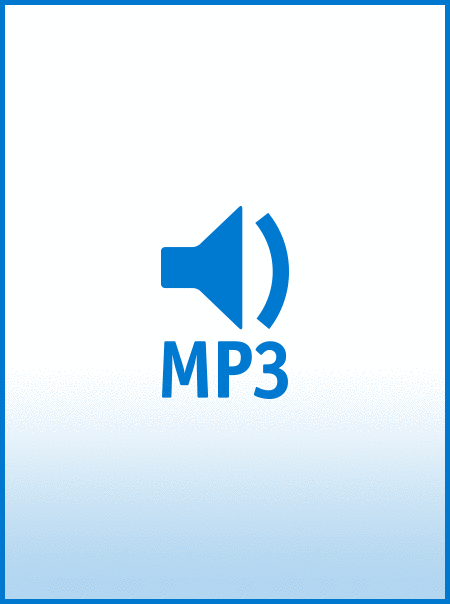Choir - Digital Download SKU: A0.1059407 Composed by Michael Praetorius. Arranged by David Warin Solomons. Christian,Christmas,Classical,Renaissance,Sacred. Full Performance. Duration 140. David Warin Solomons #3383561. Published by David Warin Solomons (A0.1059407). Christmas carol arranged and sung by D W SolomonsEs ist ein Ros entsprungen,aus einer Wurzel zart,wie uns die Alten sungen,von Jesse kam die ArtUnd hat ein Blümlein brachtmitten im kalten Winter,wohl zu der halben Nacht.[Lo, how a rose e'er blooming,From tender stem hath sprung.Of Jesse's lineage coming,As men of old have sung;It came, a flow'ret bright,Amid the cold of winter,When half spent was the night.]Das Röslein, das ich meine,davon Isaias sagt,ist Maria die reinedie uns das Blümlein bracht.Aus Gottes ew'gem Rathat sie ein Kind geborenWelches uns selig macht.Das Blümelein, so kleine,das duftet uns so süÃ,mit seinem hellen Scheinevertreibt's die Finsternis.Wahr Mensch und wahrer Gott,hilft uns aus allem Leide,rettet von Sünd und Tod.
